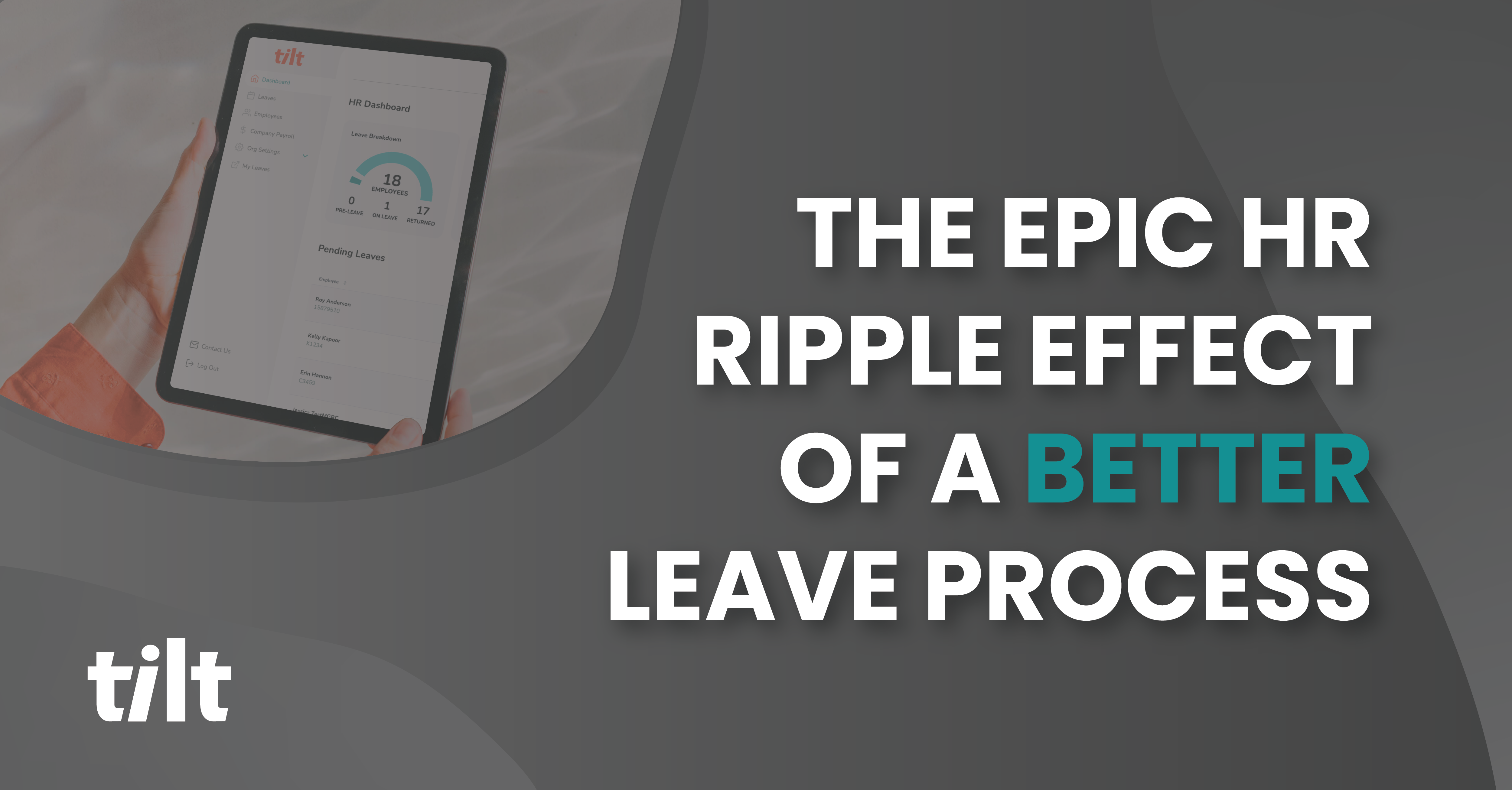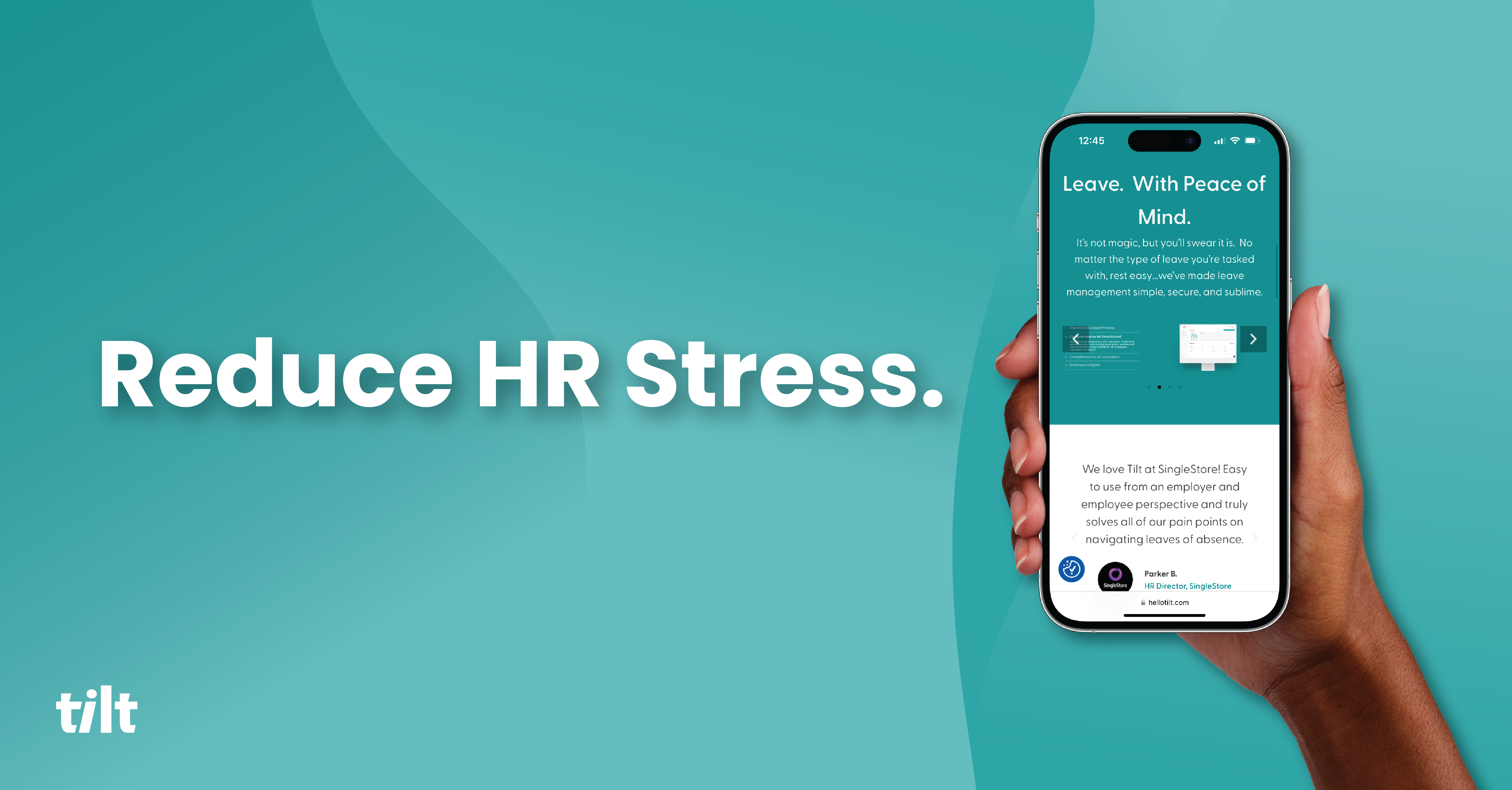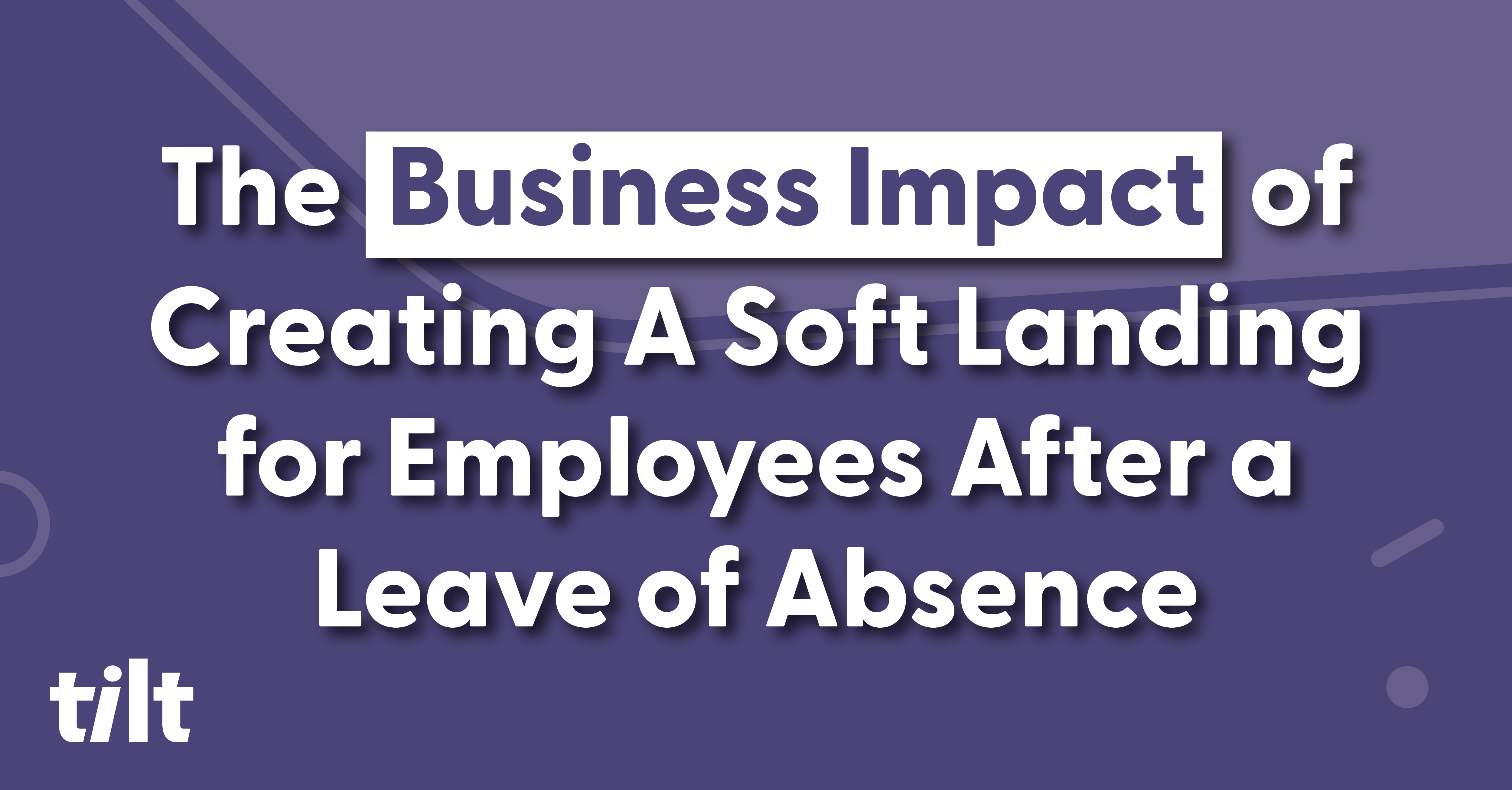Duct tape might work wonders for a leaky hose, but using it to (metaphorically) patch together your leave of absence management workflow is a dangerous proposition that can leave your organization high and dry. By having one system to manage different leave types across all states you can help ensure your leaky leave management system won’t turn into a deluge.
Managing different leave types in multiple systems may expose you and your organization to operational inefficiencies, pay calculation mishaps, private information leaks, leave tracking headaches, and an uptick in anxiety. On their own, these can lead to compliance risks, administrative busywork up the wazoo, and a sub-optimal leave experience for your people causing turnover and potential legal action. Together, these issues can find you frantically attending to springing leaks, patching them up, and praying for relief.
State to State May Not Relate
Leave of absence management can be a headache on the best days, a migraine on the worst days, and a table-flipping, aneurysm-inducing nightmare on the rest. As workforces spread far and wide across the country it’s not unlikely to face a situation where your leave management solution can manage some, but not all of your leaves.
Say with your current solution you’re able to manage and track an employee in Nebraska taking FMLA for maternity leave, but when an employee who lives in San Francisco needs to take maternity leave as well, you might be faced with complications your current solution can’t manage.
For the employee in San Francisco you’ve got to figure out how to manage and track paid benefits under CA State Disability Insurance (SDI), CA Paid Family Leave (PFL), and San Francisco Paid Parental Leave Ordinance (PPLO). On top of that, you have to track job protection under CA Pregnancy Disability Leave (PDL), FMLA, and California Family Rights Act (CFRA).
If you think reading a sea of acronyms is tough, navigating your employees through them is even tougher if you don’t have the systems and workflows in place to manage all leave types consistently and in one place.
The same life event for two different employees can have drastically different leave management requirements. You need to make sure the employee in Nebraska is getting the same level of information and support for their upcoming leave as your employee in California is and that becomes significantly more burdensome if you have to manage them differently.
Your legal team is having night sweats just thinking about this.
You also have to ensure the information and employee data in both systems are accurate with up-to-date calendar and payment info, and have a seamless enough workflow to ensure that you and the rest of your People Team are in a position to support your employee taking a leave consistently and effectively.
The consistency with which you manage leaves across the board is critical. If two employees are taking two different types of leave and are being supported differently because you have to manage each leave differently, you run the risk of an employee feeling favoritism might be afoot. This can lead to turnover and potentially legal action against your organization.
Leave Types Are Expanding
Competitive organizations continually look for ways to attract and retain talent, and outside of truckloads of money, the prevailing theme that top talent uses to evaluate their next employer is freedom. Freedom to work when they want, where they want, and to transition from work to life and back to work easily when life requires them to step away.
Most of you are seasoned enough to remember what it was like to work in the days when that sort of latitude wasn’t a consideration within organizations. As companies shift from office work to remote, Vacation Time + Sick Time to Unlimited PTO (or RTO: Responsible Time Off, in Tilt’s case), innovative organizations are also enhancing their leave of absence policies to provide a more human work experience for their people.
Workers in the 70s didn’t have the luxury of taking mental health leave. If a worker in the 80s didn’t carry a child to term, there was no miscarriage leave to support the mother and allow her to grieve.
What this means for HR teams is that you’re having to help employees navigate an ever-shifting landscape of leave law rules and regulations that can be a nightmare to manage manually, and that gets even trickier when you’re having to do so in multiple systems concurrently.
No matter how sophisticated your Excel doc is, it’s not keeping track of the latest and greatest State and Federal leave programs, and there’s a strong chance your current leave management solution (if you have one) isn’t either. Your responsibility to help administer these leaves to your people properly will only get more complicated as the types of leaves people take and the government programs in place expand.
One Source of Truth, Not Sorcery
If you have more than one source of truth you have no source of truth, and no magic wand is going to fix that. The fabric of most modern workflows is an auto-updating, digital labyrinth that’s as sophisticated as it is ripe for error the more disjointed it becomes across multiple systems. The scenario on the antiquated end of the workflow spectrum revolves around the, “Well we’ve always done it this way” philosophy, which leads to untangling legacy systems built with logic from 5 employees ago.
Some of you reading this might be living in a world where you manage all of your leaves in an Excel file or Google Sheet called “Leave Tracker” or some comparable name. Trying to navigate tabs and formulas and highlighted cells is like navigating a compliance minefield, especially when you have to manually track leave start-and-stop date adjustments, FMLA hours, keep email correspondence and private employee data secure and organized, monitor form submissions, and determine payment calculations.
Maybe you’re new in your role, or new to your company. There’s a good chance you’ve had to stare blankly at a screen for hours trying to enter the mind of your workplace predecessors to figure out WTF they were thinking when setting up your org’s leave management workflow.
To effectively manage a leave, People Teams need insights on the progression of each leave, the paperwork that needs to be completed, and awareness of any hiccups that may arise. Having one system act as one source of truth for all leave types across all states can help you mitigate the dangers associated with managing different leaves across different systems.
About Tilt
Tilt is leading the charge in all things leave of absence management through easy-to-use tech and human touch. Since 2017, our proprietary platform and Empathy Warriors have been helping customers make leave not suck by eliminating administrative burdens, keeping companies compliant, and providing a truly positive and supportive leave of absence experience for their people.






